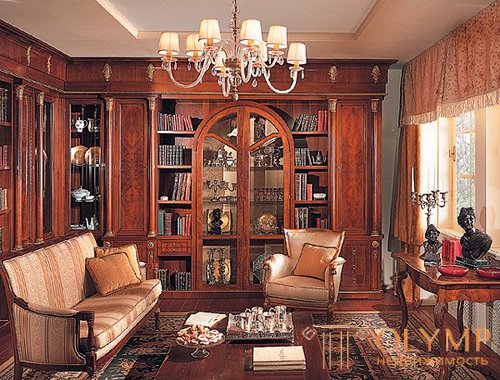
Classicism (from the Latin. Classicus - exemplary) - artistic style and aesthetic direction in European art of the XVII - XIX centuries, turned to the ancient heritage as the norm and the ideal model.
Classicism is a palace style, created specifically for the decoration of palace premises and chambers of noble people.
The main feature of the architecture of classicism was an appeal to the forms of ancient architecture as the standard of harmony, simplicity, severity, logical clarity and monumentality. Classicism is characterized by clear geometric forms, discreet decor and expensive, high-quality materials (natural wood, stone, silk, etc.). The most common decorations are sculptures and stucco.
Monumental refinement, majesty, solidity, decoration in noble colors - these are signs that recognize the classic style of the interior.
It is distinguished by its logic and balanced composition, strict harmony of proportions, geometric correctness and symmetry of space-planning decisions. Spatial solutions are laconic, focused on the predominance of straight-line and clear outlines in the plans with the dominance of symmetric-axial planning systems. Hence, a clear perspective, interconnectedness of spaces, and clear zoning of premises, and functionality of spaces. The desire to form up, the abundance of air above the head invariably give rise to a sense of freedom, spaciousness.
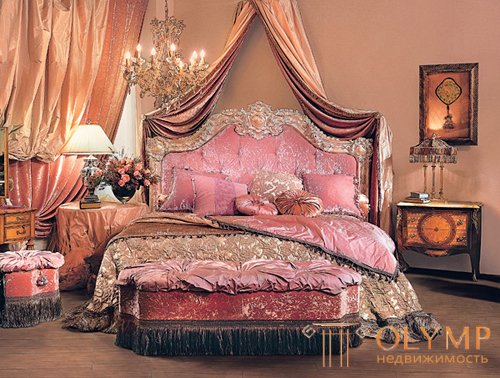
Classicism style in the interior, photo
The main elements of the classicism style:
Initially, it is necessary to clarify the history of the term “classicism”. The validity of the term “classicism” is usually explained by the fact that the European architecture of the second half of the XVIII century. entirely focused on the heritage of antiquity, which in those days was considered a classic example. However, representatives of other styles, such as the Italian Renaissance, also declared admiration for the forms of antiquity. By the way, this is probably why the author of the 3-volume dictionary “Styles in Art” and the 8-volume “Great Encyclopedic Dictionary of Fine Art” V. Vlasov defines the art of Italy of the XV century. - the beginning of the XVI centuries. as classicism, while the terms “rebirth” or “renaissance” are used for other stylistic eras and trends.
The most significant interiors in the style of classicism were designed by Scot, Robert Adam, who returned home from Rome in 1758. He was greatly impressed by the archaeological research of the Italian scientists and the architectural fantasies of Piranzi. In the interpretation of Adam, classicism turned out to be a style that, due to the refinement of interiors, was hardly inferior to Rococo, which earned him popularity not only among the democratically-minded circles of society, but also among the aristocracy. Like his French colleagues, Adam preached a complete rejection of details devoid of a constructive function. His style of rooms is made up of a number of elements, among them - antique ornament, Pompeian decorative painting, contemporary French classicism.
In different countries, this style has been developed: in France, these are the luxurious interiors of the Palace of Versailles, which is considered to be an example of French classicism; in prim England, classic English style was much more restrained. In the West (in particular, in North America) they prefer to call classicism “traditional style” traditional style.
In the interiors of classicism, the preceding Baroque and Rococo styles have acquired majestic beauty and monumentality. If before this royal style was notable for lightheadedness and to some extent romanticism, then with the advent of classicism, it acquired solemnity, refinement, luxury, and tranquility, which were borrowed from the monuments of Hellas.
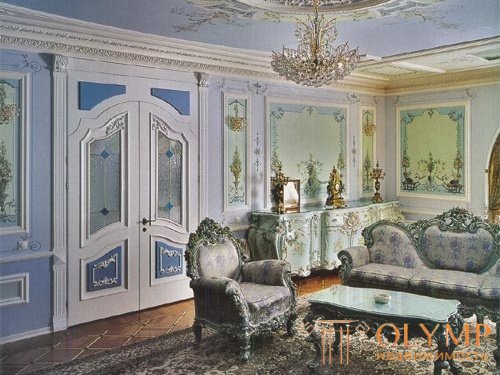
Classicism style in the interior, photo
Classicism is characterized by clear geometric forms, strict decoration, but in the interior should be used expensive and high-quality materials.
A room made in the style of Classicism is a room that has a regular shape, filled with an atmosphere of warmth, comfort and noble luxury, not overloaded with details and filled with restrained dignity, unsurpassed taste and respectability.
Pay attention to the height of the ceilings - a classic needs space, preferably if the height of the ceilings exceeds 3 m.
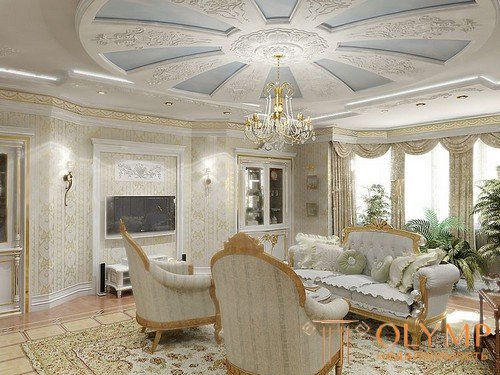
Classicism style in the interior, photo
A distinctive feature of the classic style of the interior is the introduction of the usual high-quality materials - natural wood, stone, silk, etc. These materials, reminding of never-ending values, appease. Each element in such housing seems particularly significant, its entire place is perceived as a single whole and makes a sense of peace.
Classicism in the interior is not excessive, not overloaded with details, it does not “hit in the eyes”, it is full of restrained dignity, taste and respectability. In the classic interior there are usually many mirrors that expand the room and give it shine. Columns with bronze capitals very organically complement the classic interior, the fireplaces are decorated with marble.
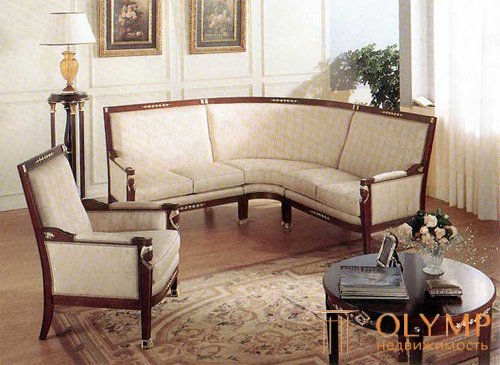
Classicism style in the interior, photo
Columns, semi-columns, friezes and gables are very characteristic of the classical style of the interior - these are one of its important components. They are used in the design of partitions, in furniture structures, wherever it can highlight the classicism of style. Columns are made of lightweight materials, as they are not bearing.
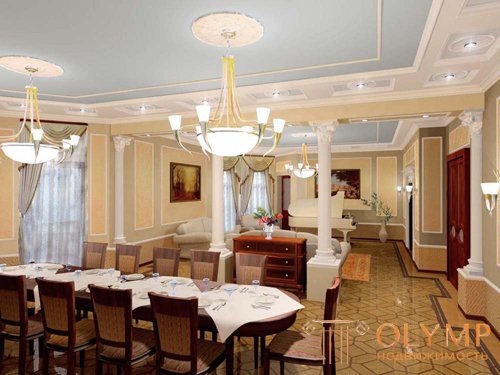
Classicism style in the interior, photo
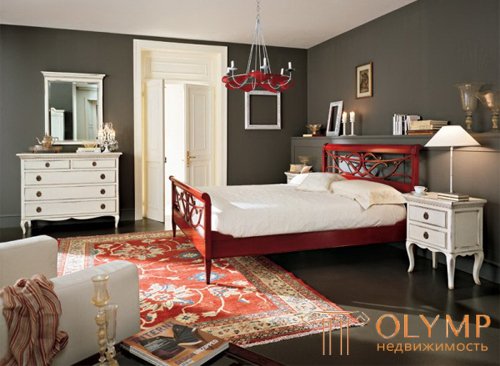
Classicism style in the interior, photo
Furniture for the classical style of the interior will be made only from natural materials: natural wood (walnut, cherry, Karelian birch), stone, metal, silk and much more. Handwork, woodcarving, gilding, inlay with precious woods, precious metals and stones are used. Tables and chairs in the dining room with carved elegant legs and china, thin, almost transparent, with a discreet pattern and gilding. One of the most important pieces of furniture was a secretary with a cube case raised on high legs.

Classicism style in the interior, photo
For lighting most often used chandeliers made of crystal, natural transparent stone or expensive glass. Classic bronze or gilded chandeliers with shades imitating candles look good in the interior. Modern spot lighting does not conflict with the classical style, but rather fits well into the interior.
Parquet made of valuable wood species such as merbau, yara, cane, teak and yatoba is used as a floor covering. Also luxurious will look floor made of marble.

Classicism style in the interior, photo
For wall surfaces, as a rule, elite vinyl wallpaper or decorative plaster is used. Reed wallpapers made of fine natural fibers will add elegance to the classical interior, and the design of the walls with textiles - originality and chic. In addition, you can use wall paintings.
Window frames and doors made from a solid array are considered the best option: they look prestigious and perfectly match the style. In case you prefer a more economical plastic version, choose materials designed "under the tree."

Classicism style in the interior, photo
Curtains in the interior of classicism are distinguished by soft lines, smooth perekidy, as well as classic pelmets and swag. They give the interior of the house on the one hand austerity and monumentality, and on the other hand solemnity and warmth. Therefore, when sewing curtains in the classical style, such materials as brocade, tapestry fabrics, heavy silk, jacquard, and taffeta should be used. These types of fabrics are used mainly for heavy curtains. For curtains take in most cases lightweight fabrics such as tulle, silk, organza, crystallon, veil.
The corresponding features of the classic interior style are precision and symmetry. These properties can be achieved with the help of paintings or engravings of similar size, placed symmetrically on the walls.
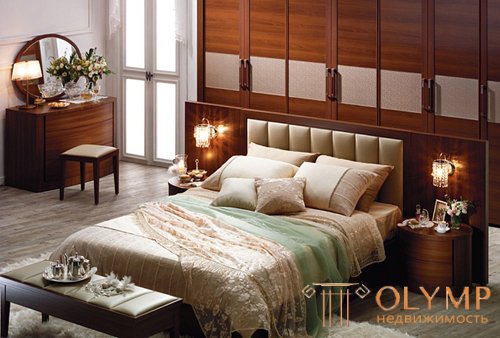
Classicism style in the interior, photo
Obligatory attributes of a classical interior are fireplaces, cozy low chairs, low tea and coffee tables, plenty of light, soft light handmade carpets, parquet made of precious wood and lamps, similar to jewelry, stucco molding in antique style, ornament on the ceiling, paintings from classic antique scenes, flower stand in the form of a cast tripod or a massive floor vase stylized as antiquity. The decor is dominated by antique motifs: meanders, threads of pearls, flower or laurel garlands, sockets, scallops. Color lacquers (white, green) are often used in combination with light gilding of individual parts.
Classicism in the interior is an imitation of the ancient heritage. Lightness, airiness, brilliance, rounded furniture, sheathed in embossed fabric and leather, tapestries and murals, artistic parquet of amazing beauty, intricate drapes and drapes on the windows, rich chandeliers. The walls of the rooms are white and gold, with gilded lamps and stucco; beautiful arches with columns and golden frames of mirrors and paintings. The classic style is perfect for those who want to live royally.
According to the psychologists, the classic interior is more convenient for business people, balanced and restrained, highly appreciating order and accuracy in everything.
Что бы оставить комментарий войдите
Комментарии (0)